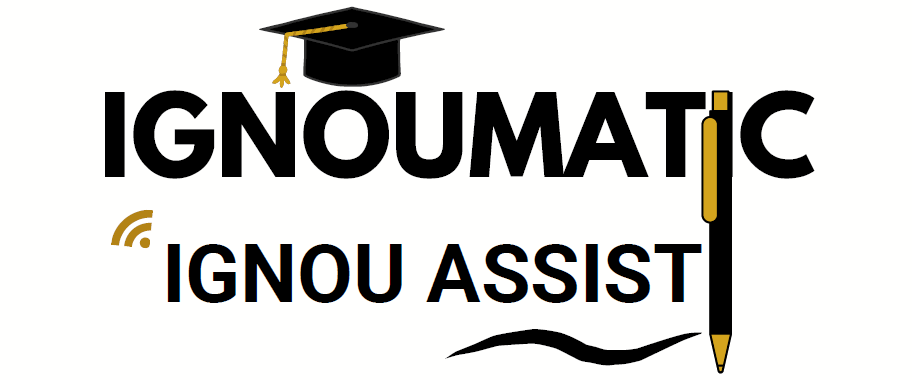The “North-South divide” is a term used to describe the socio-economic and political differences between the developed world (referred to as the “Global North”) and the developing world (referred to as the “Global South”). This divide is rooted in the historical legacy of colonialism, where colonial powers (mostly in the North) exploited the resources and labor of colonies (mostly in the South), leading to a disparity in wealth, development, and power between the two regions. The North-South divide persists in the modern world, where the Global North is primarily composed of wealthy, industrialized nations, while the Global South comprises less developed, often poorer nations.
Approaches to Solve the North-South Divide:
- Top-Down Approach (International Aid and Investment): The top-down approach focuses on external intervention to alleviate poverty and promote development in the Global South. This approach is largely driven by international organizations like the United Nations (UN), World Bank, and International Monetary Fund (IMF), as well as the governments of developed countries. The primary mechanism of this approach is foreign aid, which is provided to developing countries to support economic growth, infrastructure development, education, healthcare, and poverty reduction.
The top-down approach also includes foreign direct investment (FDI) from multinational corporations (MNCs), which can help boost economic growth in developing countries by creating jobs, transferring technology, and increasing productivity. Additionally, trade agreements and international cooperation can play a role in addressing global inequality by improving market access for developing countries and addressing issues such as debt relief.
However, critics of the top-down approach argue that foreign aid and investments often come with strings attached, such as conditionalities that benefit the donor countries or multinational corporations rather than the local populations. Furthermore, foreign aid can sometimes exacerbate dependency and fail to address the structural issues that perpetuate poverty and inequality.
- Bottom-Up Approach (Local Empowerment and Grassroots Development): The bottom-up approach focuses on empowering local communities and fostering sustainable, inclusive development. This approach emphasizes the importance of local knowledge, community participation, and self-reliance in addressing the root causes of poverty and inequality. It advocates for policies and practices that prioritize the needs and aspirations of the people in the Global South rather than relying on external interventions.
The bottom-up approach promotes grassroots development through initiatives such as microfinance, community-based organizations, cooperatives, and social entrepreneurship. These initiatives aim to empower marginalized groups, such as women, indigenous communities, and rural populations, to take control of their development and create lasting solutions to poverty. By focusing on local capacity-building and sustainable development, the bottom-up approach aims to reduce dependence on external aid and foster self-sufficiency. Critics of the bottom-up approach argue that it may not be sufficient to address the systemic inequalities between the North and South, and that broader international reforms are necessary to tackle the root causes of poverty on a global scale.
